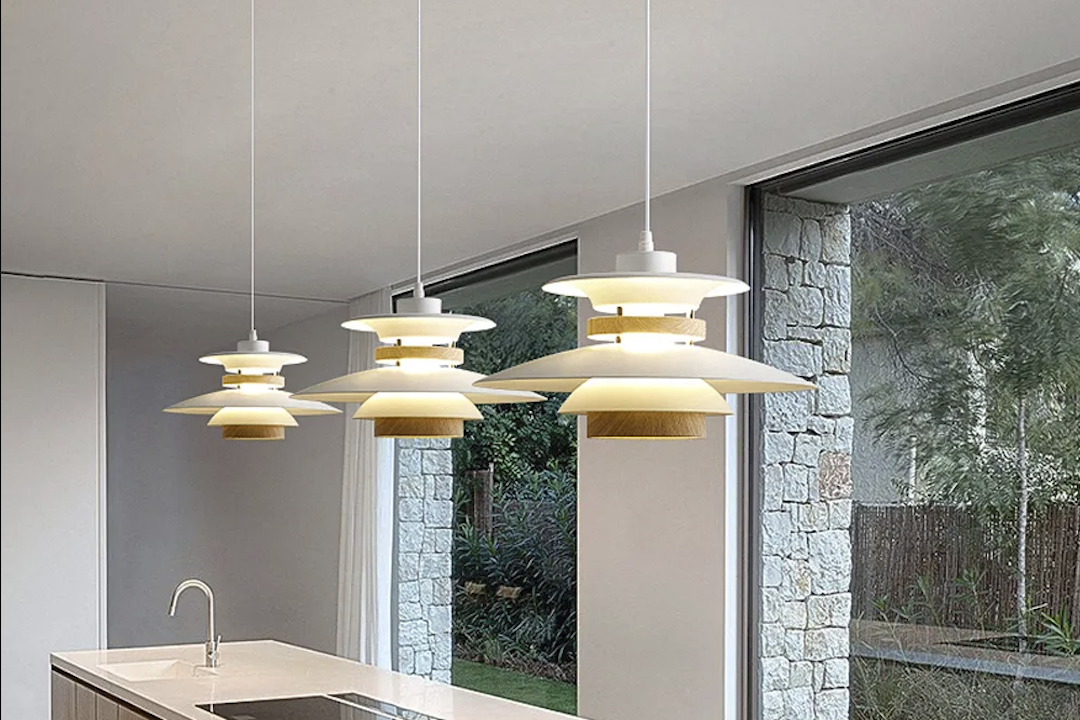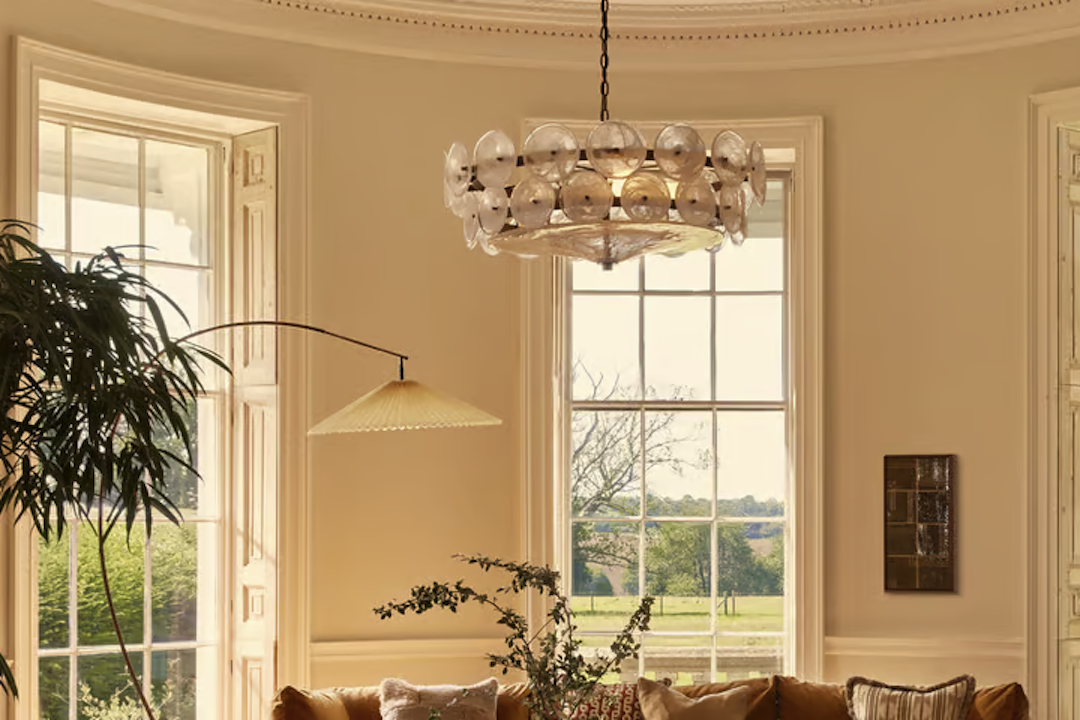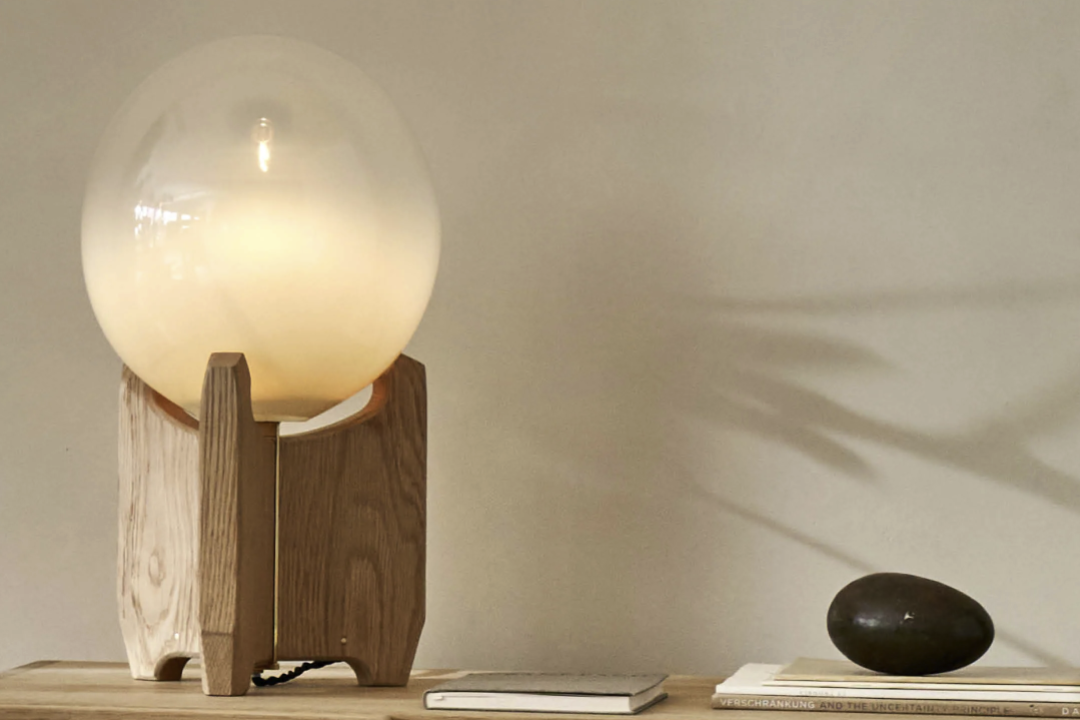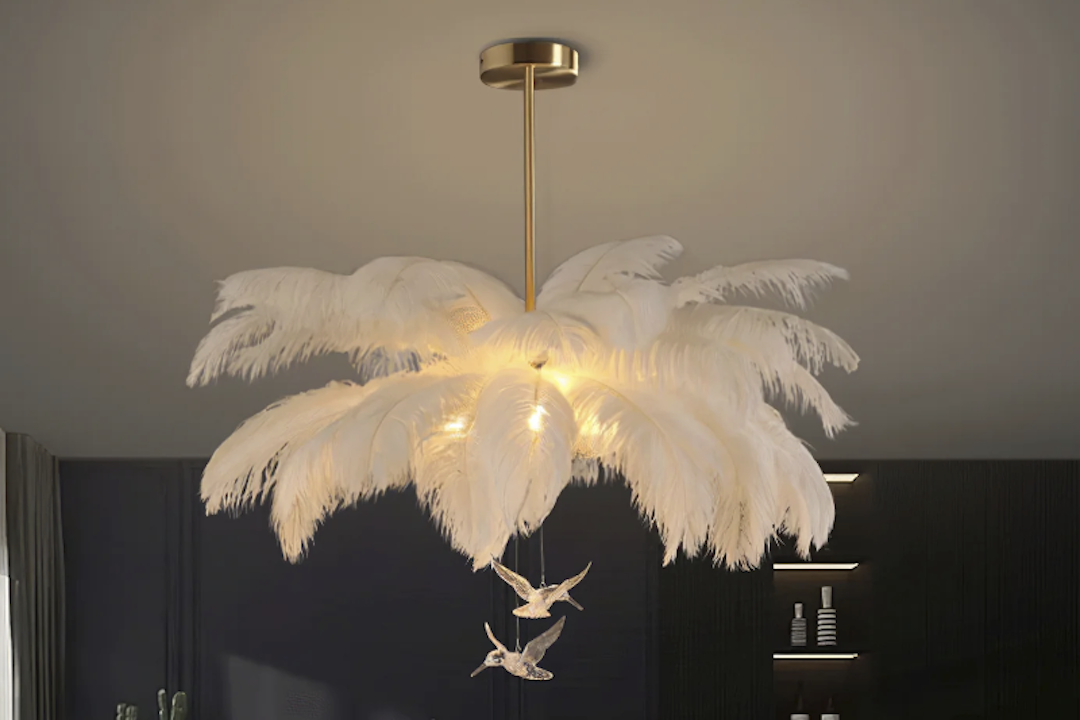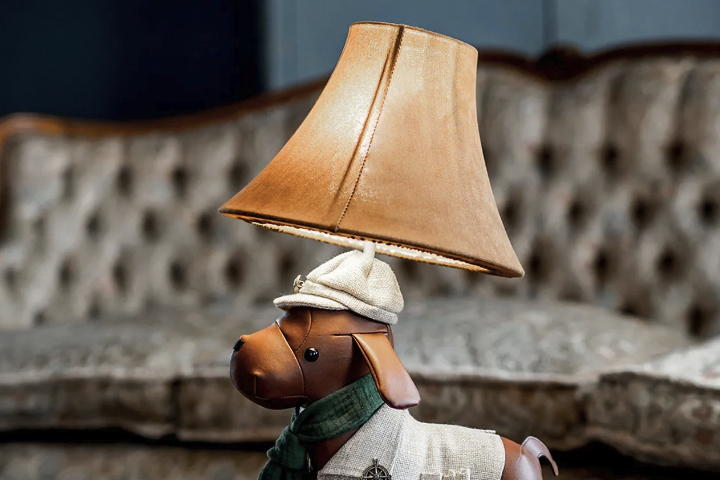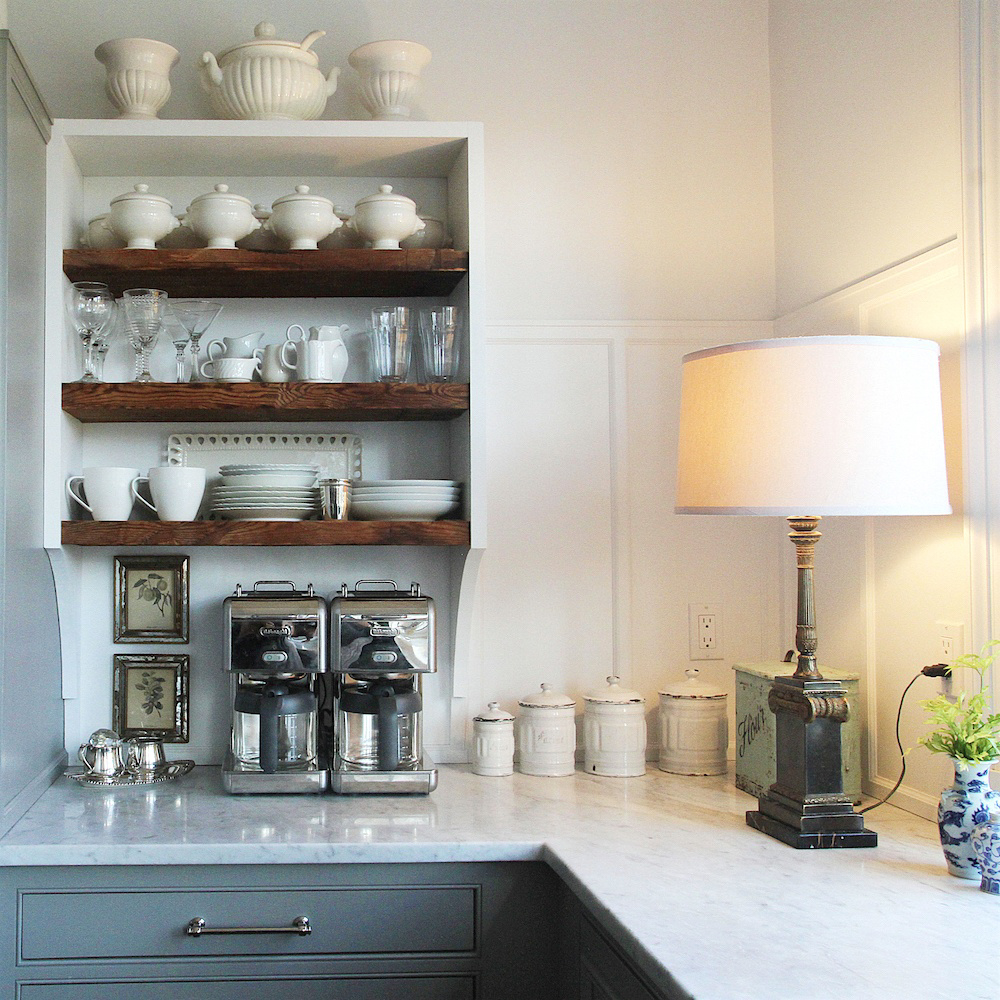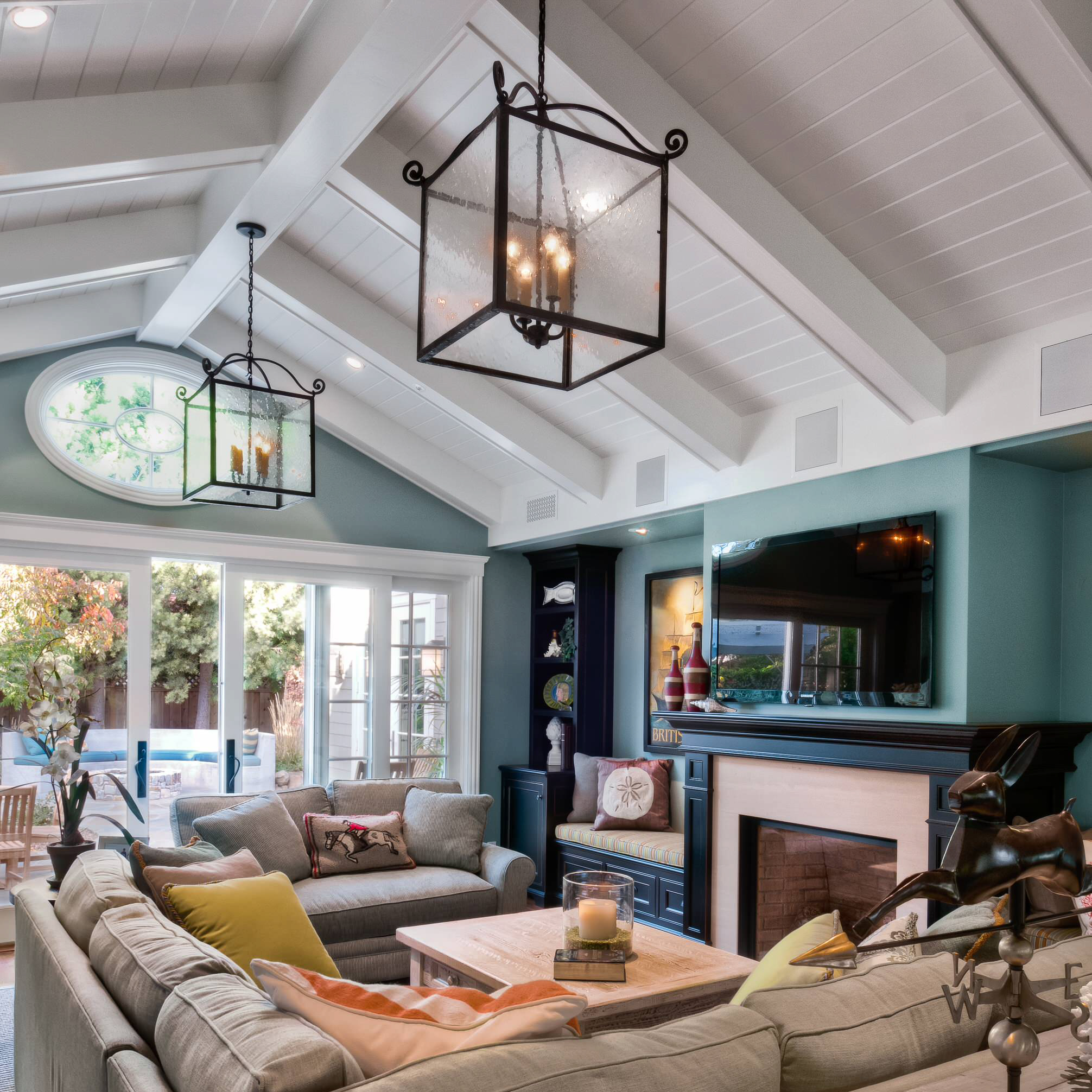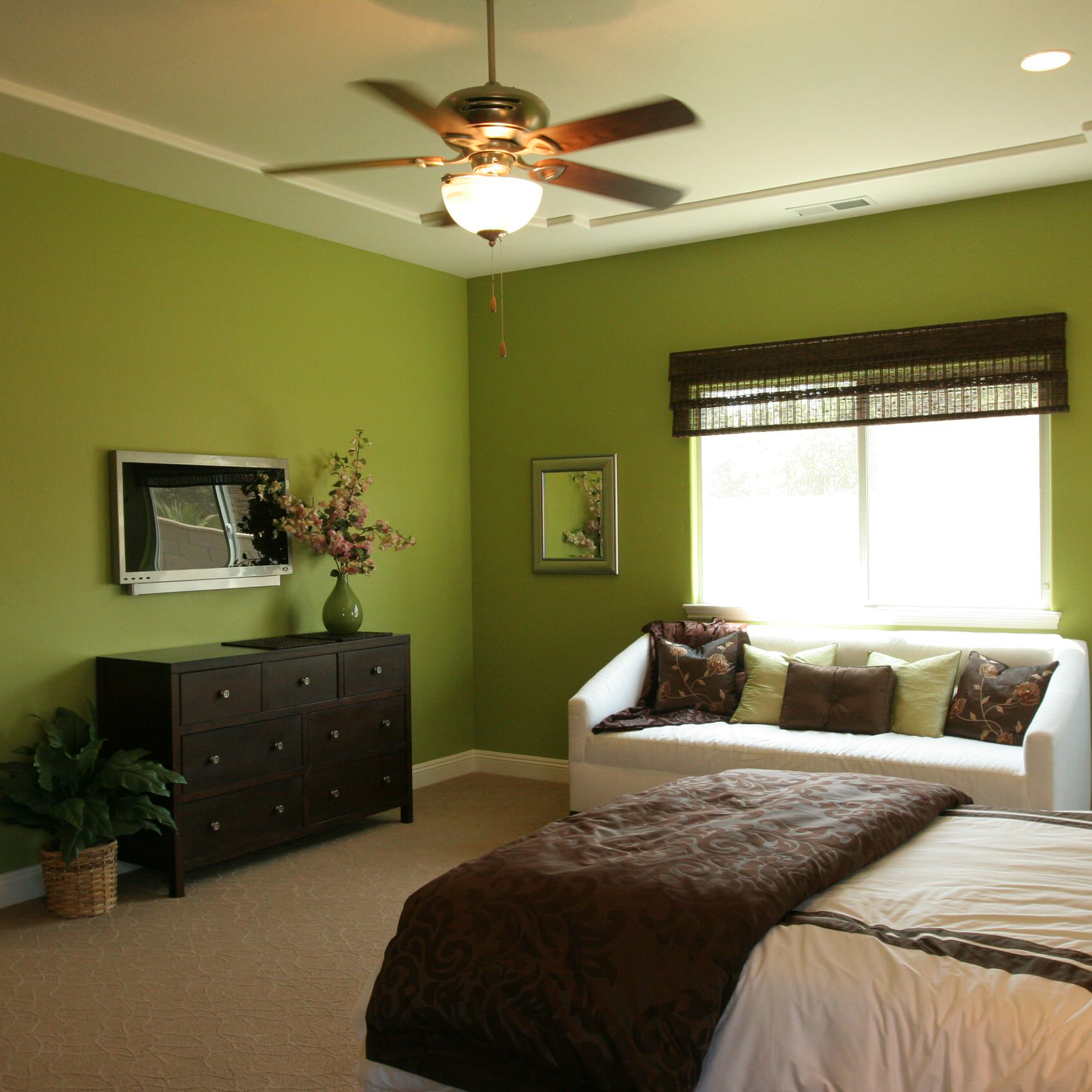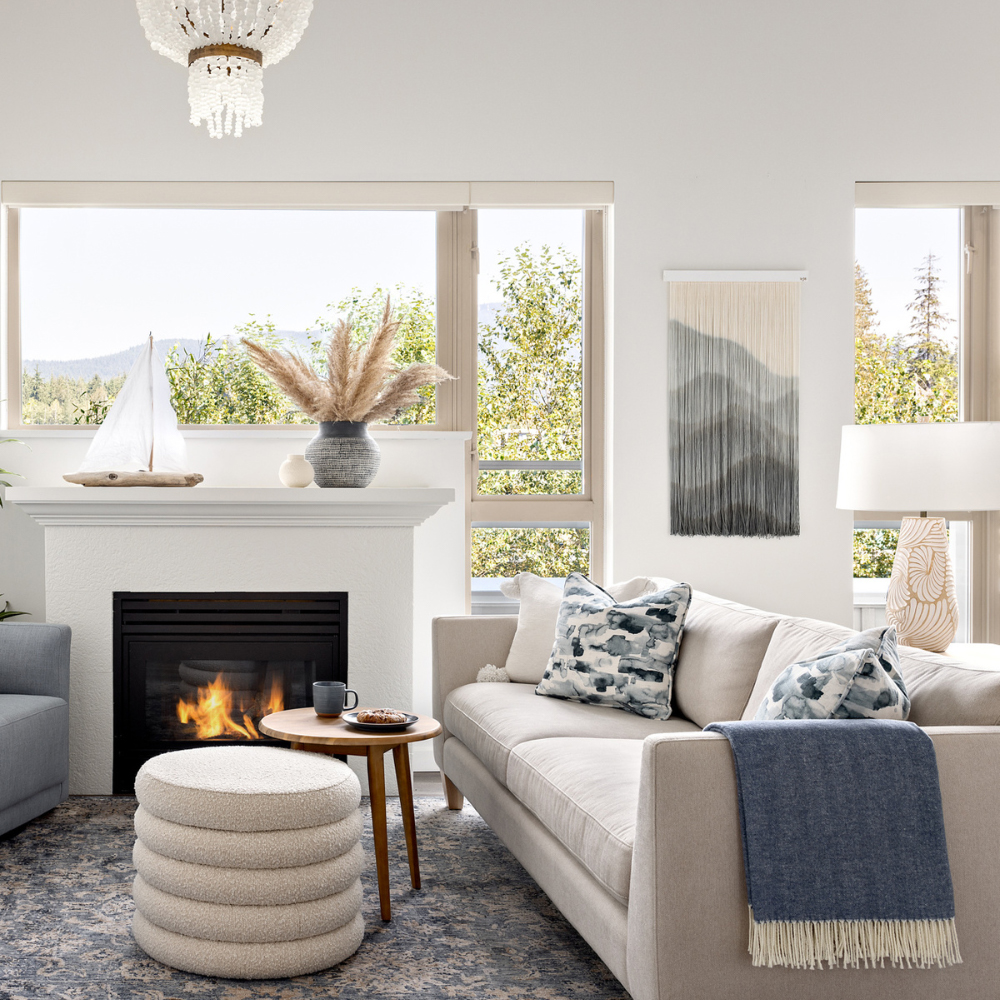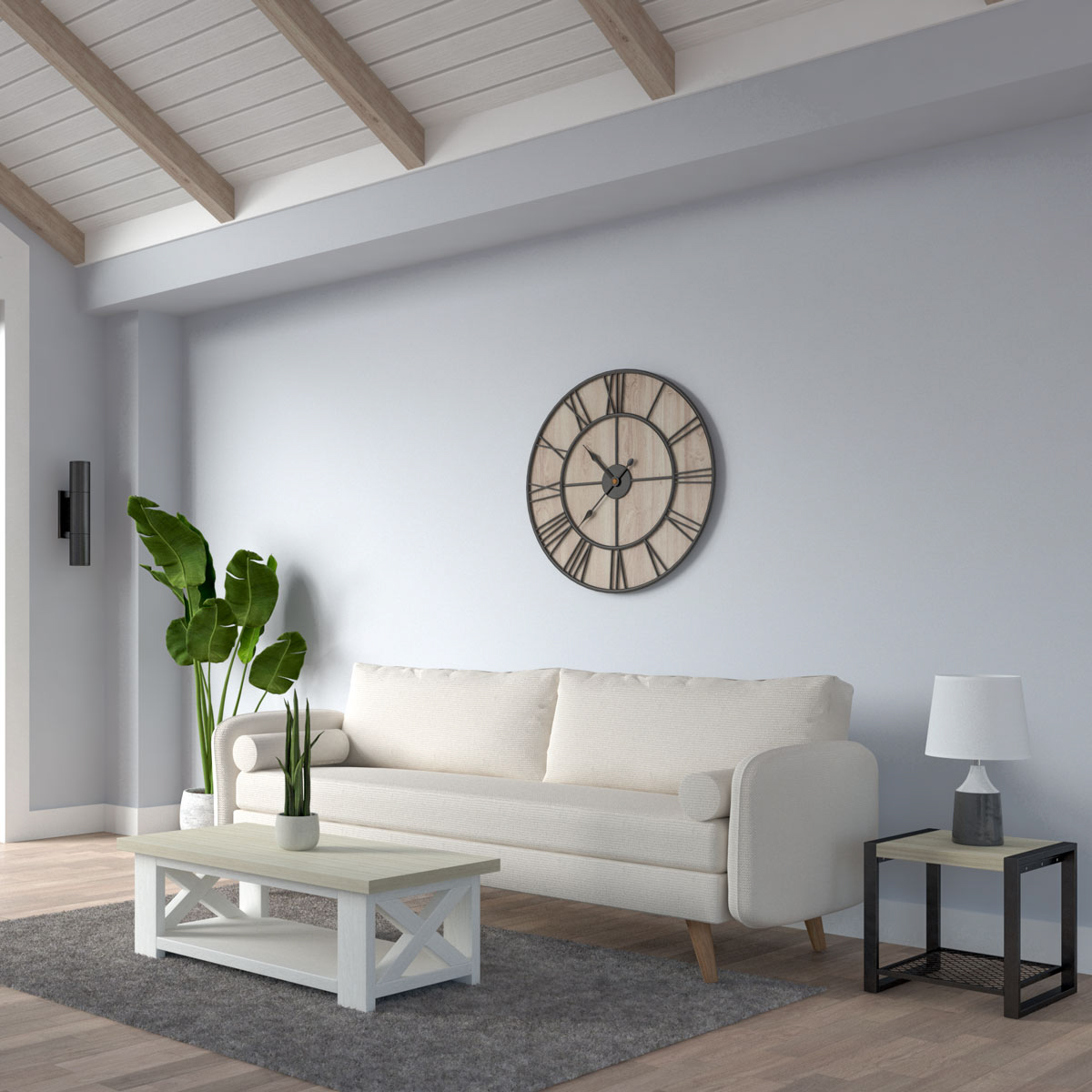Introduction to Danish Designer Lighting
Danish designer lighting has become synonymous with excellence and quality. It’s no secret that the Danish have a knack for design and innovation. Scandinavian style combines function and form, creating beautiful pieces that are both practical and aesthetically pleasing. Lighting is no exception. Danish designer lighting is sophisticated, elegant, and tasteful, often using natural materials and simple, clean lines to create one-of-a-kind pieces that can light up any space.
History of Danish Designer Lighting
Denmark has a long history of design, dating back to the 1920s, when modernism and functionalism began to take hold. This was a time when Danish designers began to explore the possibilities of new materials, such as steel, glass, and wood. Danish designers such as Poul Henningsen and Verner Panton pioneered the use of materials and lighting design, creating some of the most iconic lamps of the 20th century.
The PH Lamp
The PH lamp, designed by Poul Henningsen in the 1920s, is considered one of the most important lamps of the modern era. Henningsen was a pioneer of lighting design and his work has had a significant impact on the design world. The PH lamp was designed to provide soft and glare-free light, using a system of shades and reflectors to distribute light evenly.
The Flowerpot Lamp
The flowerpot lamp was designed by Verner Panton in the 1960s. This playful lamp was inspired by the hippie era, featuring a simple, organic shape that resembles a flowerpot. The flowerpot lamp has become an iconic piece of design, representing the freedom and creativity of the 1960s.
Materials Used in Danish Designer Lighting
Danish designer lighting often uses natural materials such as wood, glass, and metal. These materials are chosen for their durability and their ability to enhance the aesthetic of a space. Many Danish lighting designers also incorporate innovative materials, such as plastics and composites, to create unique and contemporary pieces.
Wood
Wood is a popular material in Danish designer lighting. It’s warm and natural, providing a feeling of comfort and coziness. Many Danish lighting designers use wood to create intricate, sculptural forms that are both beautiful and functional.
Glass
Glass is another popular material in Danish designer lighting. It’s transparent and reflective, providing a sense of lightness and airiness. Many Danish lighting designers use glass to create stunning, modern chandeliers and pendant lights.
Metal
Metal is a versatile material that can be used in many different ways in Danish designer lighting. Many designers use metal to create polished, minimalistic lamps that are sleek and modern. Others use metal to create more intricate, decorative pieces that add a touch of elegance to any space.
Danish designer lighting is a reflection of the rich history and culture of Denmark. It embodies the principles of simplicity, functionality, and beauty, creating unique pieces that can be enjoyed in any space. Danish designer lighting has had a significant impact on the design world, influencing designers around the globe. If you’re looking for lighting that is both elegant and functional, Danish designer lighting is definitely worth considering.

